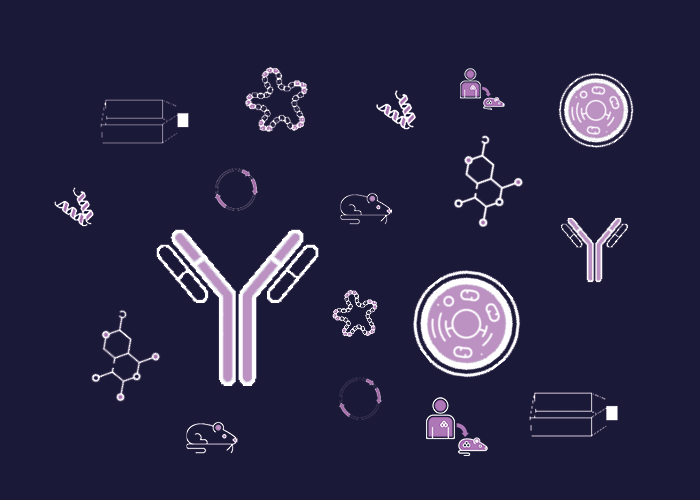Cat. #151617
Anti-Pinin [Pinin]
Cat. #: 151617
Sub-type: Primary antibody
Unit size: 100 ug
Availability: 10-12 weeks
Target: Pinin
Class: Polyclonal
Application: ELISA ; IHC ; IF ; IP ; WB
Reactivity: Human
Host: Rabbit
£300.00
This fee is applicable only for non-profit organisations. If you are a for-profit organisation or a researcher working on commercially-sponsored academic research, you will need to contact our licensing team for a commercial use license.
Contributor
Inventor: Neil Perkins
Institute: University of Dundee
Tool Details
*FOR RESEARCH USE ONLY (for other uses, please contact the licensing team)
- Name: Anti-Pinin [Pinin]
- Research fields: Cancer;Genetics
- Clone: Pinin
- Tool sub type: Primary antibody
- Class: Polyclonal
- Conjugation: Unconjugated
- Reactivity: Human
- Host: Rabbit
- Application: ELISA ; IHC ; IF ; IP ; WB
- Description: Pinin is a cell adhesion-associated and nuclear protein that has been shown to localize in the vicinity of intermediate filament (IF) convergence upon the cytoplasmic face of the desmosomal plaque as well as in the nucleus. Some data suggest that pinin may play a role in epithelial cell adhesion and the IF complex through a direct interaction with the keratin filaments. Pinin has also been reported to have a role in RNA processing and transcriptional regulation and is part of the SNARP complex. Together with SNIP1 and other proteins Pinin has a role in regulation of proliferation and cancer.
- Immunogen: Recombinant his-tagged protein
- Recommended controls: U2OS cells
Target Details
- Target: Pinin
- Tissue cell line specificity: U2OS cells
- Target background: Pinin is a cell adhesion-associated and nuclear protein that has been shown to localize in the vicinity of intermediate filament (IF) convergence upon the cytoplasmic face of the desmosomal plaque as well as in the nucleus. Some data suggest that pinin may play a role in epithelial cell adhesion and the IF complex through a direct interaction with the keratin filaments. Pinin has also been reported to have a role in RNA processing and transcriptional regulation and is part of the SNARP complex. Together with SNIP1 and other proteins Pinin has a role in regulation of proliferation and cancer.
Applications
- Application: ELISA ; IHC ; IF ; IP ; WB
Handling
- Format: Liquid
- Concentration: 0.9-1.1 mg/ml
- Unit size: 100 ug
- Storage conditions: -15° C to -25° C
- Shipping conditions: Dry ice
References
- Carvalho et al. 2017. J Cell Sci. 130(9):1519-1531. PMID: 28302904.
- Bracken et al. 2008. Cancer Res. 68(18):7621-8. PMID: 18794151.
- Bracken et al. 2008. Cancer Res. 68(18):7621-8. PMID: 18794151.
- Regulation of cyclin D1 RNA stability by SNIP1.

![Anti-Pinin [Pinin]](https://cancertools.org/wp-content/uploads/b0e9165b-731c-40ef-ba0c-c685803afb30.jpg)


